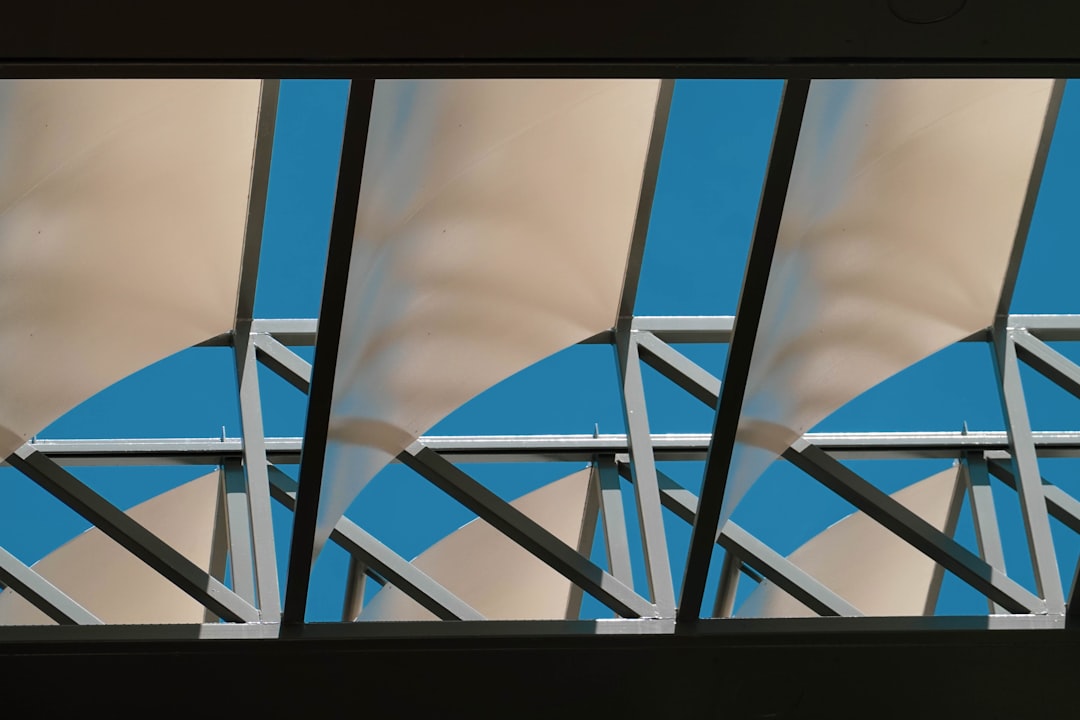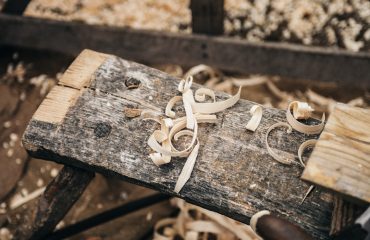Steel, a ubiquitous material in modern construction, manufacturing, and infrastructure, exists in various forms, ranging from its raw, unrefined state to highly processed finished products. Understanding the differences between raw and finished steel is crucial for anyone involved in selecting materials for a project, or simply curious about the steelmaking process. This comprehensive guide delves into the key distinctions between these two forms of steel, exploring their properties, applications, costs, and the transformative processes they undergo.
1. The Raw Reality: Understanding the Properties of Raw Steel
Raw steel, also known as pig iron or molten steel, is the initial product of the steelmaking process. It’s the result of smelting iron ore in a blast furnace, a process that reduces the iron oxides to metallic iron. This raw steel is far from the refined material we typically associate with steel construction. It contains significant impurities, including carbon, manganese, silicon, phosphorus, and sulfur. These impurities significantly affect its properties, rendering it brittle, weak, and unsuitable for most engineering applications. Its high carbon content makes it very hard but also extremely brittle. It’s typically not used directly in construction or manufacturing due to its inferior mechanical properties and lack of durability. The high levels of impurities also make it susceptible to corrosion and oxidation. Its primary use is as an intermediary step in the steelmaking process, destined for further refinement.
2. The Transformation: Refining Raw Steel into Finished Steel
The journey from raw steel to finished steel involves a series of crucial refining processes. The most common method is the Basic Oxygen Furnace (BOF) process, which utilizes oxygen to burn off impurities, reducing the carbon content and improving the steel’s overall quality. Other methods include the electric arc furnace (EAF) process, which is particularly effective for recycling scrap steel. These processes carefully control the chemical composition, resulting in steel with precisely defined properties. After refining, the steel is cast into various forms, such as slabs, blooms, or billets, depending on its intended application. These semi-finished products then undergo further processing, such as hot rolling, cold rolling, or forging, to achieve the desired shape, size, and properties.
3. A Spectrum of Properties: Comparing the Mechanical Characteristics
The mechanical properties of raw and finished steel differ dramatically. Raw steel, due to its high impurity content, exhibits low tensile strength, low ductility (ability to deform before breaking), and low impact resistance. Finished steel, on the other hand, boasts significantly improved mechanical properties. Through careful control of the chemical composition and the refining process, manufacturers can tailor the steel’s properties to meet specific requirements. For instance, high-strength low-alloy (HSLA) steels are designed for superior strength and weldability, while stainless steels offer excellent corrosion resistance. The precise properties of finished steel are determined by its chemical composition, the refining process, and the subsequent shaping and heat treatments it undergoes. This allows for a wide range of applications, from skyscrapers to surgical instruments.
4. Diverse Applications: Exploring the Uses of Raw vs. Finished Steel
The differences in properties directly influence the applications of raw and finished steel. Raw steel, given its inherent flaws, has limited direct applications. It primarily serves as a feedstock for the production of finished steel products. Finished steel, however, enjoys a vast array of applications. Structural steel, used in buildings and bridges, is a prime example. Other applications include automotive parts, appliances, pipelines, railway tracks, and countless other industrial and consumer products. The versatility of finished steel stems from the ability to tailor its properties to suit the specific demands of each application. The choice of steel grade depends on factors such as strength requirements, corrosion resistance, weldability, and cost.
5. Cost Considerations: The Economic Implications of Choosing Raw vs. Finished Steel
The cost of raw and finished steel also differs significantly. Raw steel, being an intermediary product, is generally cheaper than finished steel. However, this lower cost comes at the expense of its inferior quality and limited usability. Finished steel, with its enhanced properties and readiness for immediate use, commands a higher price. The cost of finished steel varies depending on the grade of steel, the manufacturing process, and the market conditions. Factors such as alloying elements, surface treatments, and the complexity of shaping also influence the final cost. For engineers and contractors, the choice between raw and finished steel involves a careful balancing act between cost and performance, considering the long-term implications of material selection on the project’s success.
In conclusion, the differences between raw and finished steel are substantial, extending beyond mere appearance to encompass fundamental properties, applications, and cost. Understanding these differences is critical for informed decision-making in any industry that utilizes steel. From the initial smelting process to the final product, the journey of steel exemplifies the power of materials science and engineering to transform raw materials into versatile and indispensable components of our modern world.
SEO Tags:
- Raw Steel
- Finished Steel
- Steel Properties
- Steel Manufacturing Process
- Steel Applications




